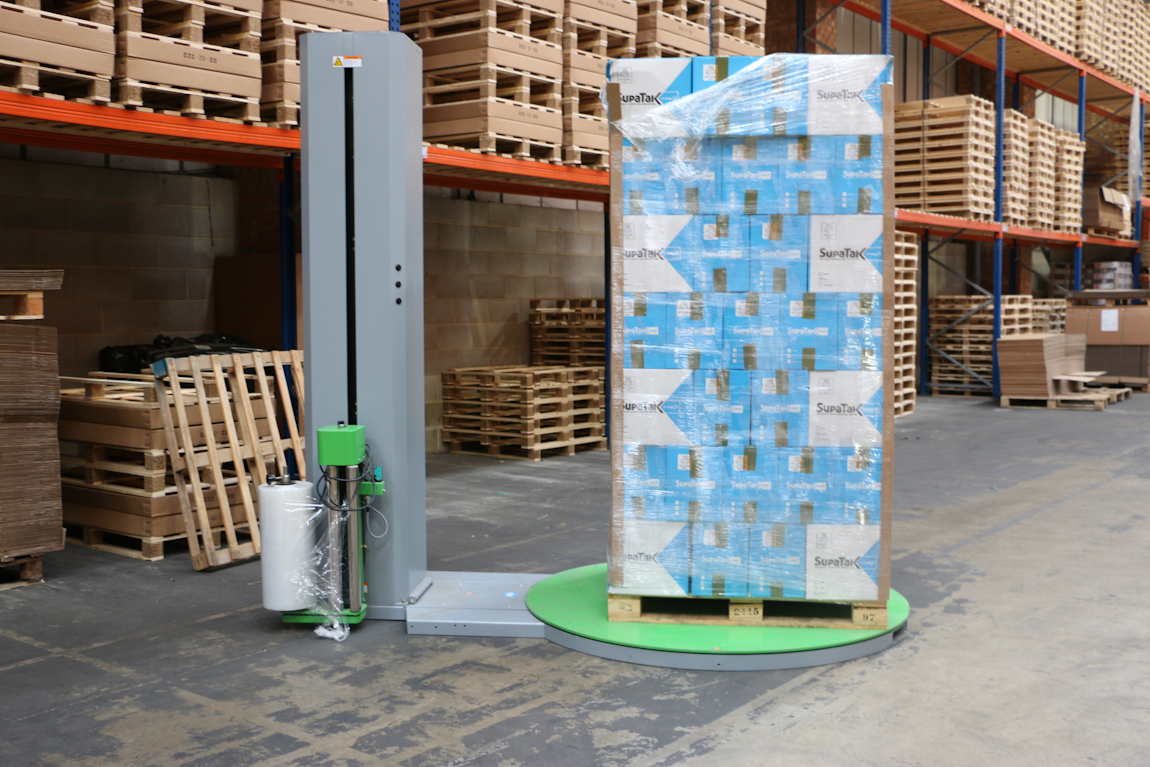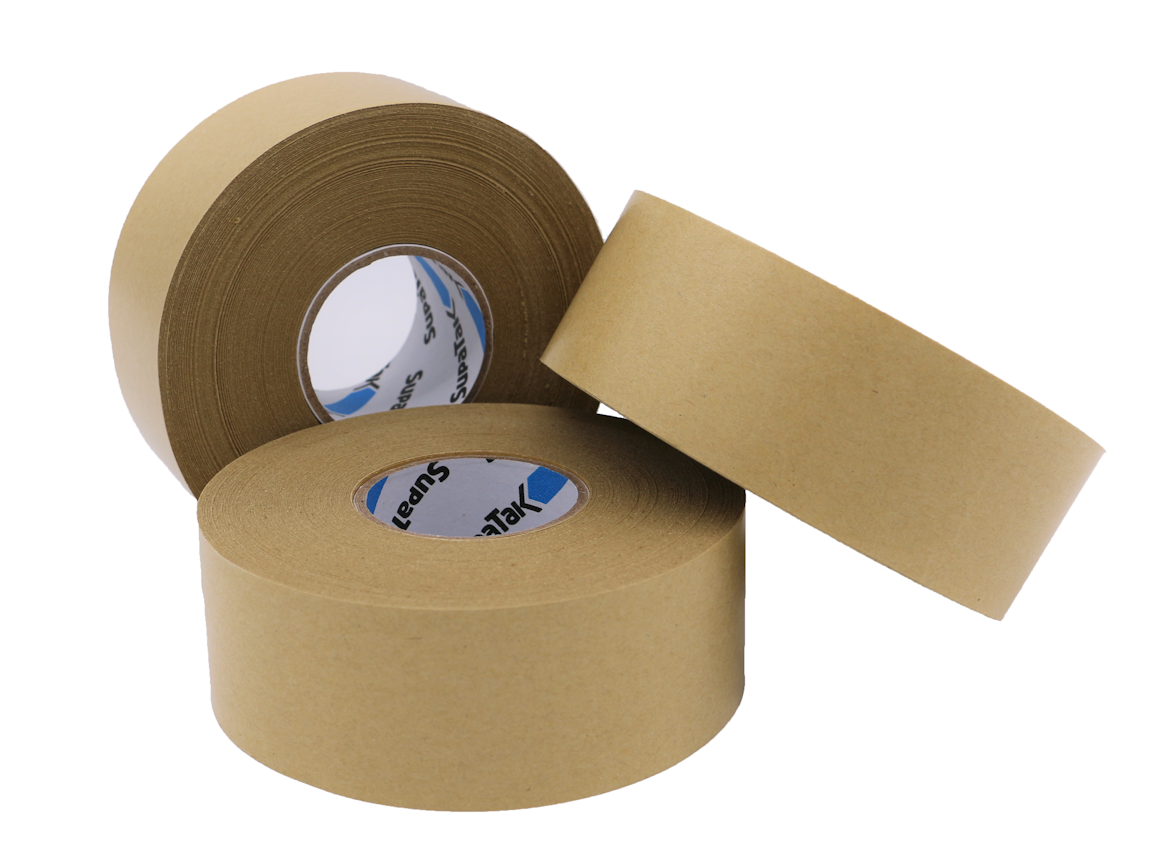Plastic waste is a global issue as it often does not decompose and so it ends up polluting our environment. In a YouGov poll, 69% of Britons agreed that all companies should be required by law to use eco-friendly packaging, regardless of whether it would involve price increases. The new recycling tax will push companies to make the switch to more sustainable materials. But how will it affect businesses, and in particular, the packaging industry? In this article, we will be exploring the new plastic tax and the products that it could affect.
How will the new 30% recycled tax affect businesses and packaging?
As you likely have heard, there is a new £200 a tonne plastic tax coming into force in April next year. It applies to plastic packaging produced in or imported into the UK that does not contain at least 30% recycled plastic.

What does the plastic tax mean for the packaging industry?
We are likely to see an increasing amount of businesses preparing for the shift to more sustainable packaging options over the next year because anyone who buys their plastics in bulk, which is not recyclable, will see their profit margins pinched. The government believes that tax and regulatory reform will provide businesses with the right incentive to recognise the impact of their plastic packaging decisions. They hope that this will help drive the development and use of sustainable packaging to support the move towards a more circular economy.
The government have also decided that packaging products that do not fulfil a packaging function until they are used by the end consumer will be included in the tax. Other than a few exceptions which are packaging for human medicines and transport packaging around imported goods, all plastic packaging will be considered ‘in scope’ of the tax. Plastic packaging components are defined under the tax as ‘hand separable’ (such as individual components like caps, labels, or bottles that can be separated by hand) where the largest individual material by weight is plastic.
How does the ‘recycled content’ system work?
The recycled content of a component will be based on the weight of the plastic material within a component, compared to the amount of recycled content.

The ‘recycled content’ in plastic packaging components must be from one of two sources:
- Post-consumer waste: Plastic waste generated by households, commercial, industrial, or institutional facilities in their role as end-users of the product, where it can no longer be used for its intended purpose.
- Pre-consumer waste: Plastic waste recovered from waste generated in a manufacturing process that has been processed by a re-processing facility. This would not apply to process scrap that is added back into extrusion machines as part of the manufacturing process.
Despite the information provided, what is still not clear is how rounding/units of measurement will impact this. The wording in the draft legislation refers to being liable if it contains “less than 30%” recycled content by weight but given the scale of packaging liable under the tax, a gram each way could have a significant impact on liability. For example, where 30.0% compared to 29.9% would make little difference to a single bottle or cap, when it comes to a full production batch of thousands of components it may be a different story.
What does the recycling tax mean for certain packaging products?
It is still relatively uncertain what this means for some products. Plastic products such as cling film or sandwich bags are likely to be considered liable packaging. But there is still uncertainty whether the scope of the tax should be included to plastic products as well as packaging. So how will the recycling tax effect certain products like pallet wrap?

It is estimated that in the UK, over 150,000 tons of pallet wrap is used every year. Although all pallet wraps can be recycled, they cannot be used to make new pallet wrap. There is no pallet wrap currently on the market that are produced in large quantities and contain 30% recycled content. If creating a recycled stretch film was possible, it would need to be extremely thick meaning more plastic would be needed in the process. This would of course defeat the purpose of plastic reduction.
So, what is the answer to reducing plastic consumption with pallet wrap?
At Swiftpak we suggest switching to our MWrap as it includes 21% recycled material and due to its nano technology, the reinforced film is stronger and thinner than conventional micron measured film. It provides improved load stability and increased holding force while using less film. It may also be worth investing in a pallet wrap machine as this will allow you to package your products more efficiently and will save film from being wasted from excess or insufficient wrapping.
Or even better, our Clear Cast Film provides 75% recycled material and provides excellent optics, gloss, strength and cling without additives.
Our stretch wrap calculator can be used to let you know exactly how much your business could save on money and plastic which can result in your business producing up to 74% less waste.

How much could your business save on stretch wrap?
Reducing costs and plastic waste can be as easy as swapping your stretch wrap. Spare 2 minutes to complete the questions in our Stretch Wrap Calculator below and we'll let you know exactly how much your business could save.
Plastic Alternatives
One of the issues arising is that many businesses are switching to cardboard to avoid the plastic tax issue. It is important for businesses to be aware that cardboard can be difficult to recycle with a lot of it tending to end up in landfill if not recycled correctly. This means while trying to escape one problem, you could potentially be causing another. So, while it is good to switch out plastic where possible, it is also important to look at the bigger picture and know how to correctly recycle the alternatives.
Some plastic alternatives we provide at Swiftpak are:
- SupaTak Kraft Paper Tape: SupaTak Kraft Adhesive Paper Tape does not contain plastic and is a high strength and high tack adhesive. It is much more eco-friendly and can withstand varying temperatures.
- Kraft Reinforced Tape: An alternative to gummed paper tape, kraft reinforced tape also has a high strength and high tack adhesive.
- Paper Voidfill: Helps to protect your packaged goods during transit in an environmentally friendly way. It is fully recyclable and contains no harmful substances that could damage our environment. Void fill is also highly flexible so it can integrate seamlessly into any packaging operation.
- Embossed Paper Rolls: Instead of using bubble wrap to package your products, why not try using paper embossed rolls? They offer a similar cushioning protection, but unlike standard bubble wrap, they are 100% recyclable and biodegradable. They also save you on both storage and transport costs and reduce the amount of packaging waste you create as it can be turned into new material repeatedly.
Despite the alternatives, it would be difficult for any businesses to completely cut out the use of plastic packaging. Therefore, it is crucial to be aware of the different types of plastic in the packaging you use and how the new ‘recycle content’ system works. At Swiftpak, we do also provide Premium Range Polypouch Bags that are in line with the 30% recycled tax and are exceptionally tough with an excellent label and glue strip adhesion.

How are Swiftpak dealing with the 30% recycled tax?
At Swiftpak, we are currently taking a proactive approach with core suppliers to build a road map including 30% recycled material in all plastic products where it makes commercial sense to do so. By this, we mean that it depends on whether by including 30% recycled material we need to increase the weight of plastic used by more than the added tax, as we feel this would not be ‘commercially right’ or in the best interest of the environment.
If you need help on finding plastic alternatives or would like to know more about the plastic tax bill, contact us today and we will be happy to assist with any questions regarding the new plastic tax.